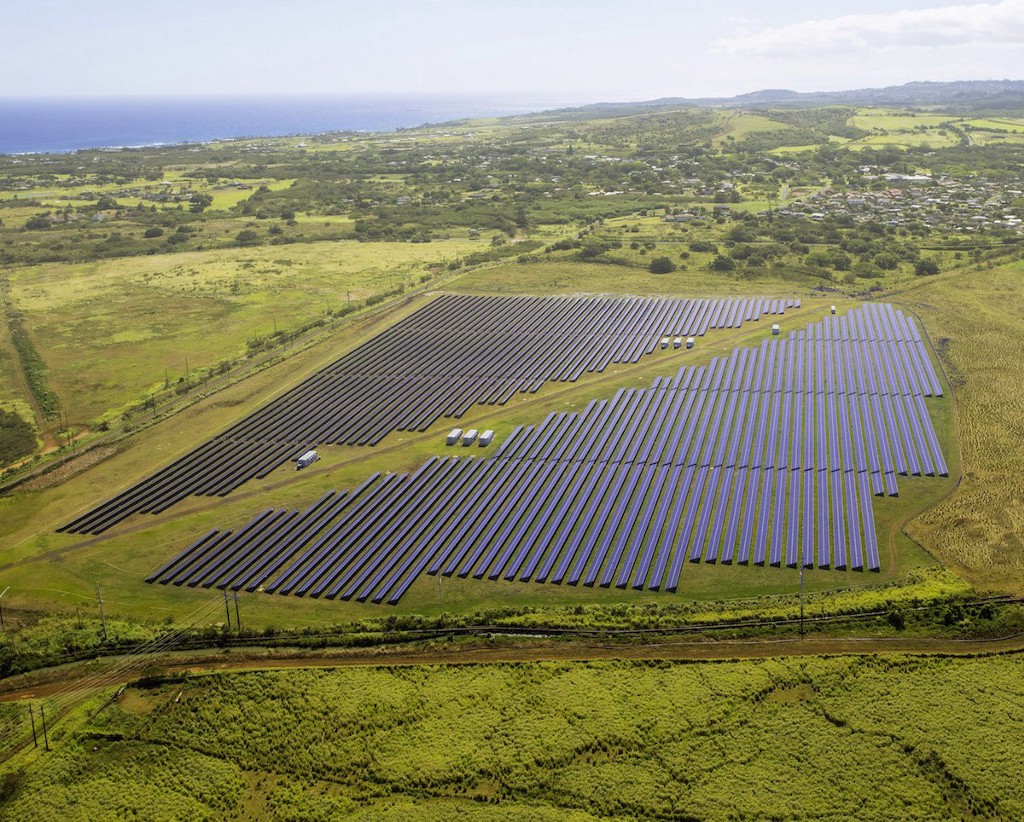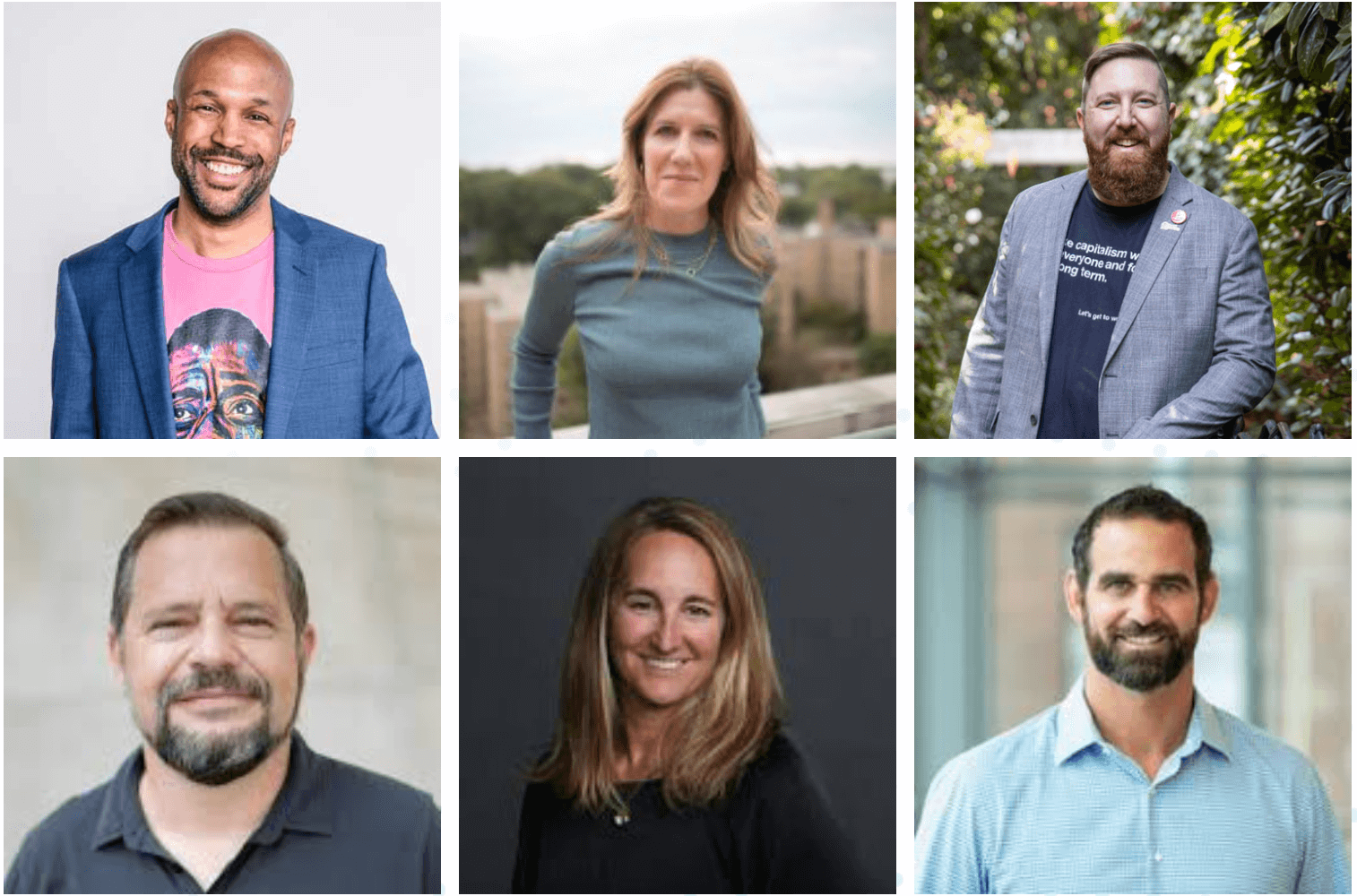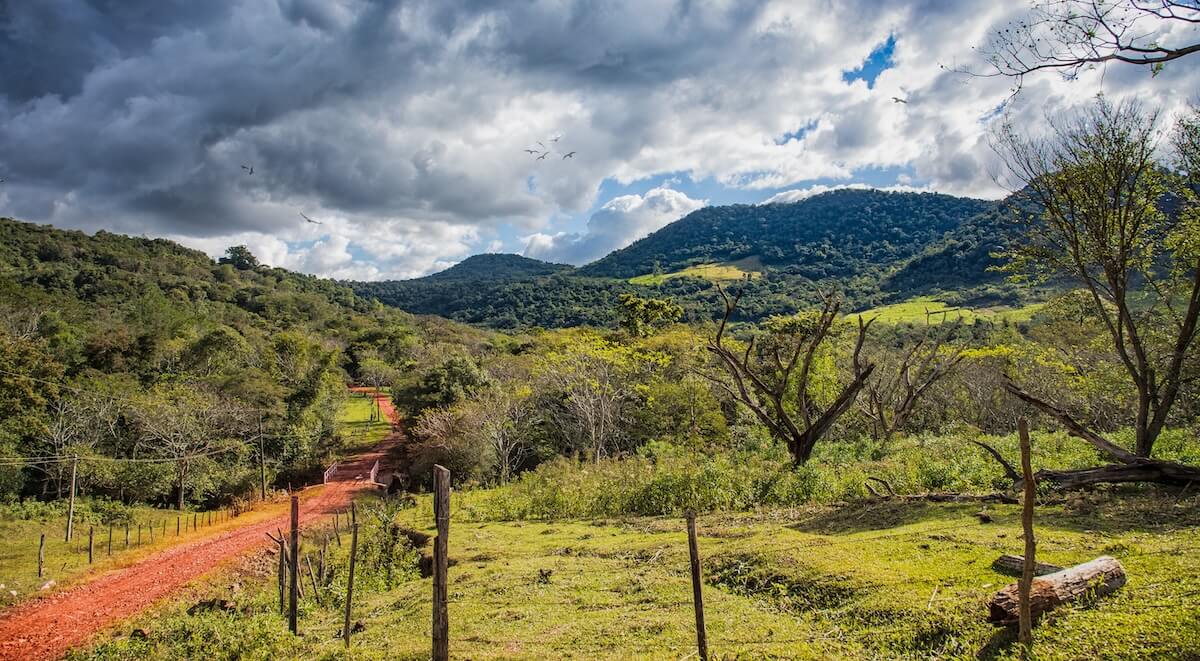Hawaii’s goals are to run on 100% renewable energy by 2045 — and provide affordable energy for everyone. The costs of electrifying rural areas, where significant infrastructure is needed to reach relatively few people, has traditionally been subsidized by the federal government. To increase access and lower costs, Hawaii, is turning to wind and solar power.
“Rural areas are rich with renewable resources,” said Kyle Datta, a general partner at the Ulupono Initiative, an impact investing firm, at last week’s VERGE Hawaii conference co-hosted by State of Hawaii and GreenBiz Group.
In rural areas with dispersed populations, like sub-Saharan Africa and parts of the U.S., renewables already are more economic than “legacy” energy sources. Ulupono has put $30 million into renewable energy tech startups, backing projects in seawater for cooling, biofuels and waste-to-energy.
On the Big Island, Hawaii Electric Light Company gets 50% of its electricity from renewables and is on its way to 100% as early as 2030. In Hawaii, Kaua’i Island Utility Cooperative, a member-owned utility, is constructing wind and solar farms and investing in members’ renewable projects. Because the Kaua’i Island Utility Cooperative is owned by paying members, “We can afford to have a longer time decision framework,” says CEO David Bissel, “We strongly believe that the large-scale, lowest cost renewables can be brought on in a community-based system.”











